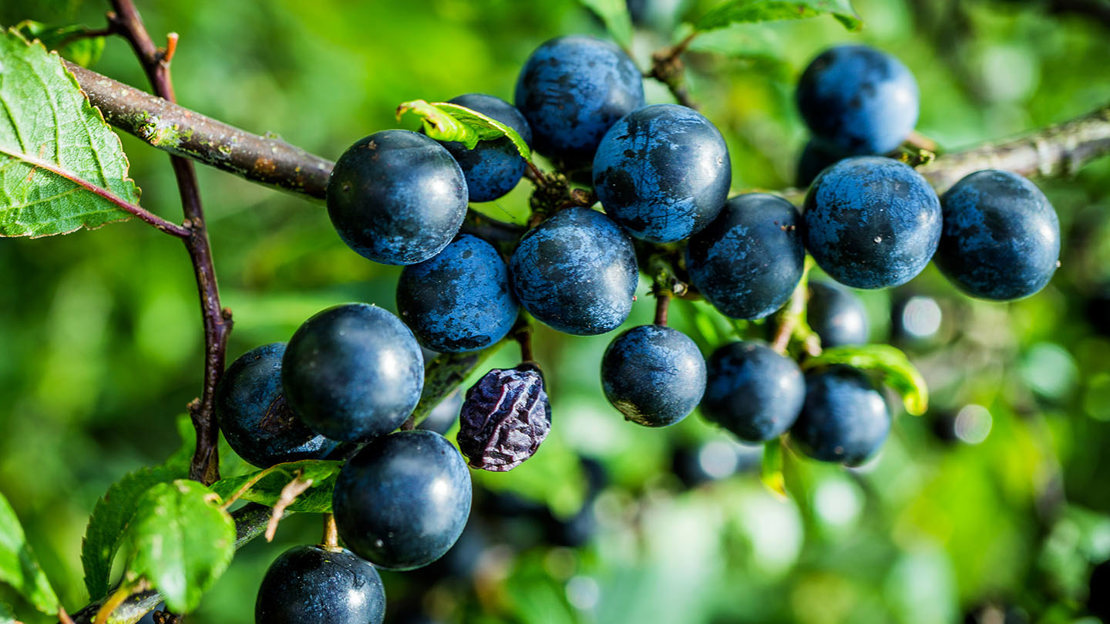Grow your own
Buy blackthorn for your garden and forage from home! There's free delivery on our beautiful fruit and nut trees, and every purchase funds our vital work for healthy woods, trees and wildlife.
Visit our tree shop
Digital Content Manager
Sloe gin is a traditional tipple at Christmas and throughout winter. If you've been wondering how to make sloe gin, we have just the recipe to help you whip up a batch of this sweet and warming liqueur.

Sloe berries grow on blackthorn, a thorny shrub that's common in hedgerows. The number of sloes can vary each year according to the weather during the previous spring and summer. Too dry and the sloes will be small and shrivelled. Too wet and cold and they won't develop at all. A good crop of plump, well-ripened sloe berries needs the perfect balance of warmth and water.
Buy blackthorn for your garden and forage from home! There's free delivery on our beautiful fruit and nut trees, and every purchase funds our vital work for healthy woods, trees and wildlife.
Visit our tree shopCheck our tips for identifying blackthorn and take a good field guide out foraging with you. Better still, enlist the help of an expert.
Our responsible foraging guidelines have more tips about staying safe and foraging with nature in mind.
It's traditional to pick sloe berries for gin after the first frost, but there's no reason why you can't pick them earlier, bag them up and pop them in your freezer. The theory is that the frost splits the skins so the juices can flow into your gin without you having to go to the effort of pricking all the berries.
Attempting to eat raw sloe berries will dry your mouth out in a matter of seconds, so they're best used as a rich, plummy flavouring in things like vodka, whisky, jelly and syrup.
Sloe gin can be served neat, over ice or drizzled onto ice cream. You could even use it to make mulled sloe gin for a real winter warmer.
For a sweet sloe gin cocktail, add a drop to sparkling wine or champagne to make a sloe royale.